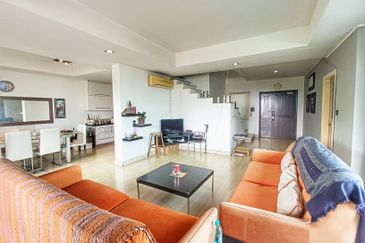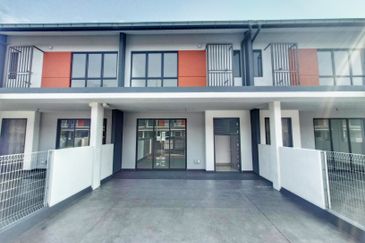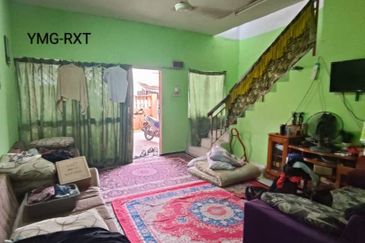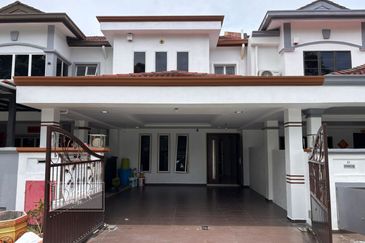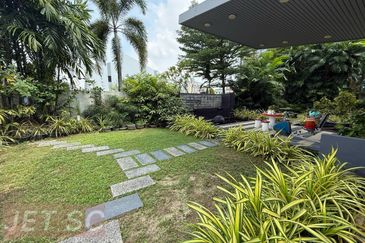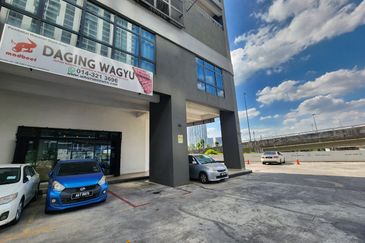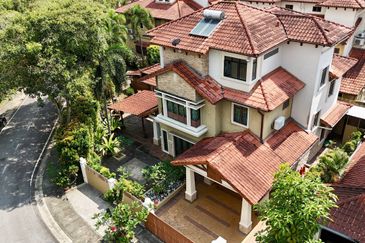
In previous issues, we have explained how important strata titles are because it gives house buyers full ownership of their properties.
There have been enough cases of distressful consequences experienced by property owners when their developers have deliberately failed, neglected or refused to apply for and transfer the strata titles to purchasers, even when the latter have paid in full.
Finally, the Government has heeded the recommendations of the National House Buyers Association (HBA) to close the floodgates and resolve the issue. It was serious enough for the Government to enact new statutory provisions, amend existing ambiguous laws (to plug the loopholes) and repeal redundant sections of the Acts to achieve this much-needed transformation.
The new salient mechanisms are elaborated below:
To ensure that strata titles can be obtained eventually, under Section 6(1) of the Strata Management Act 2013 (SMA), the Schedule of Parcels (SOP) must be filed with the Commissioner of Building (COB) before developers can sell any parcel or proposed parcel. The new regime of law, which began implementation on June 1, 2015, requires developers to comply with all the prerequisites before proceeding with any sale of a parcel.
The major requirements include the payment of all premiums and fees to the relevant authorities and bodies – land and strata title survey, approval of building plans and allocation of share units.
The SOP is prepared by the developer’s land surveyor, comprising the location plan, storey plan and delineation plan based on approved building plans. It shows all the parcels with dimensions, areas, share units, accessory parcels and common properties and the total share units of all the parcels using the same format as approved strata title plans.
Under Sec.6(3) SMA, a developer’s land surveyor and architect have to certify on the SOP that the buildings/land can be subdivided.
As such, developers can no longer simply carve out any common property and accessorise it as and when they like, nor can they accessorise remaining unsold residential car parks to developer units.

In phased developments, the SOP shows the proposed quantum of provisional share units for each provisional block. The total share units of all parcels, including the provisional block, are normally referred to as the aggregate share unit.
A share unit is the number assigned to each parcel to determine the amount of charges, sinking fund and other outgoings, to be paid by owners in an equitable and transparent manner.
Share units are computed based on the area, usage, size and location of the accessory parcel using the prescribed formula under the First Schedule of SMA. Share units shall be determined before any sale so that purchasers know from the onset their shares of payment, including those of developers’ for their unsold units.
With the share units being calculated according to the First Schedule of the SMA, the responsibility of maintaining common areas will be more equitable and transparent. Developers are also required to pay maintenance charges, sinking funds and other outgoings for their unsold units.
Each parcel and its allocated share unit are shown on the strata plan. Penthouses will have bigger share units and come with more voting rights (if voting is done by a poll) compared to intermediate units. The higher the share unit, the higher the maintenances charges are.
How does the new regime benefit purchasers?
1 Before a sale, developers must obtain all approvals on land matters with regards to land premiums, registration of title fees paid, land title and strata survey fee paid, approved equitable share units for all the parcels including provisional blocks, and approved building plans.
A “Certificate of Share Unit Formula” or the “Sijil Formula Unit Syer”, or its acronym “SiFUS”, is a certificate issued by the director of lands and mines (DLM) after all these conditions are complied with.
This new requirement is in line with the spirit of the Strata Titles Act to achieve the issuance of strata titles simultaneously with delivery of vacant possession (VP).
2 Before a housing developer licence and sale/advertisement permit can be issued by the licensing department of the housing ministry, developers need to get the SiFUS from the DLM and file a copy of the SOP with the COB.
3 To further protect house buyers, the concept of “vacant possession simultaneously with strata title” was adopted under the new improved version of the statutory Sale and Purchase Agreement (SPA) (Schedule H) which has been implemented since June 1, 2015. Developers cannot deliver vacant possession and claim the 17.5% progress payment, as in item 3, unless the strata title has been issued.
4 Furthermore, the developer cannot claim the next 2.5% progress payment unless the duly executed instrument of transfer, together with the original issue document of strata title, is delivered to the purchaser or the purchaser’s solicitor.
5 Developers have to pay liquidated ascertained damages (LAD) calculated at the rate of 10% per annum for delays in VP beyond the stipulated period of 36 months, if the strata title has not been issued. A new clause now allows a purchaser to deduct such LAD from any instalment of the purchase price due to the developer as a set-off or contra.
6 Developers including liquidators (as “de facto” developers) for existing schemes cannot sell any parcel or proposed parcel until the SOP has been filed with the COB under Sec.6(1) SMA.
7 The amendment of building plans by developers will be reduced, as any proposed amendment will be tedious. Amendments to the SOP that have already been filed with the COB will require the written consent of all purchasers. Any refiling whatsoever to the COB must be made within 30 days under Regulation 6(3)(b) Strata Management (Maintenance and Management) Regulations, 2015.
8 Purchasers can be confident of getting their strata titles, as the developer’s land surveyor and architect have to certify on the SOP that the building/land can be subdivided before any signing the SPA, and strata titles must be issued before VP.
9 To avoid future grievances, developers have to display the SOP chart conspicuously in the sales gallery or office for purchasers to see all parcel areas, dimensions and share units under Sec.6(2) SMA before they sign the SPA, so they know what they are getting eventually.
10 Under the SMA’s revised definition of “developer”, which includes liquidators under the Housing Development Act (as amended by the 2012 amendments), the developer, including the liquidator for existing buildings, must now apply for strata titles within three months after the enforcement date to avoid being prosecuted.

With the mushrooming of high-rise buildings (vertical strata titles) and gated-and-guarded housings (horizontal strata titles), it is inevitable that our country moves towards this improved comprehensive regime to better govern the fundamental need of modern society – owning a home, forming communities and living in a shared environment.
The changes will, to a certain extent, address the inadequacies and shortcomings faced by the old strata laws, and provide adequate protection to purchasers without being shortchanged.
Datuk Chang Kim Loong is the Hon. Secretary-General of the National House Buyers Association (HBA).
HBA can be contacted at:
Email: [email protected]
Website: www.hba.org.my
Tel: +6012 334 5676
This story first appeared in the EdgeProp.my E-weekly on April 23, 2021. You can access back issues here.
Get the latest news @ www.EdgeProp.my
Subscribe to our Telegram channel for the latest stories and updates
TOP PICKS BY EDGEPROP
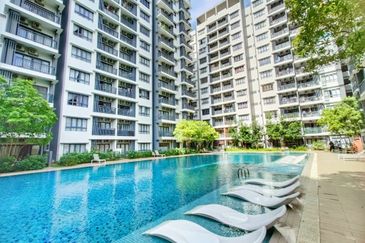
Suria Residence by Sunsuria
Bukit Jelutong, Selangor
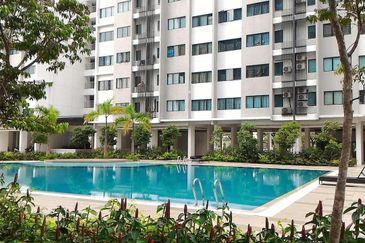
Suria Rafflesia
Setia Alam/Alam Nusantara, Selangor
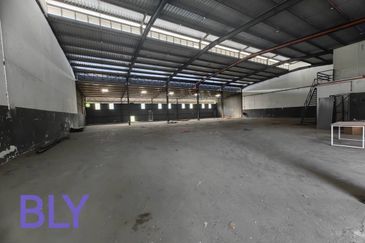
Bandar Sultan Suleiman Industrial Area
Port Klang, Selangor
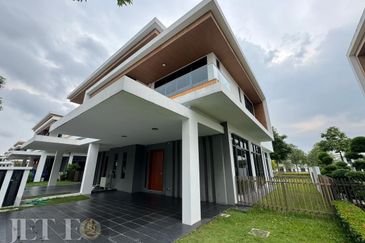
Monterey Residences @ Eco Sanctuary
Telok Panglima Garang, Selangor
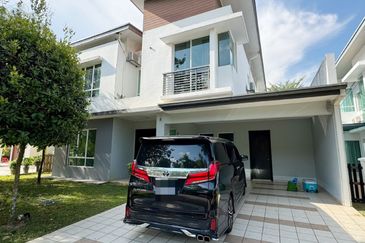
Setia Eco Park Phase 8
Setia Eco Park, Selangor

Port Klang (Pelabuhan Klang)
Port Klang, Selangor
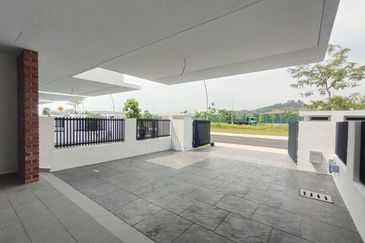
Elmina Green Three @ City of Elmina
Sungai Buloh, Selangor



